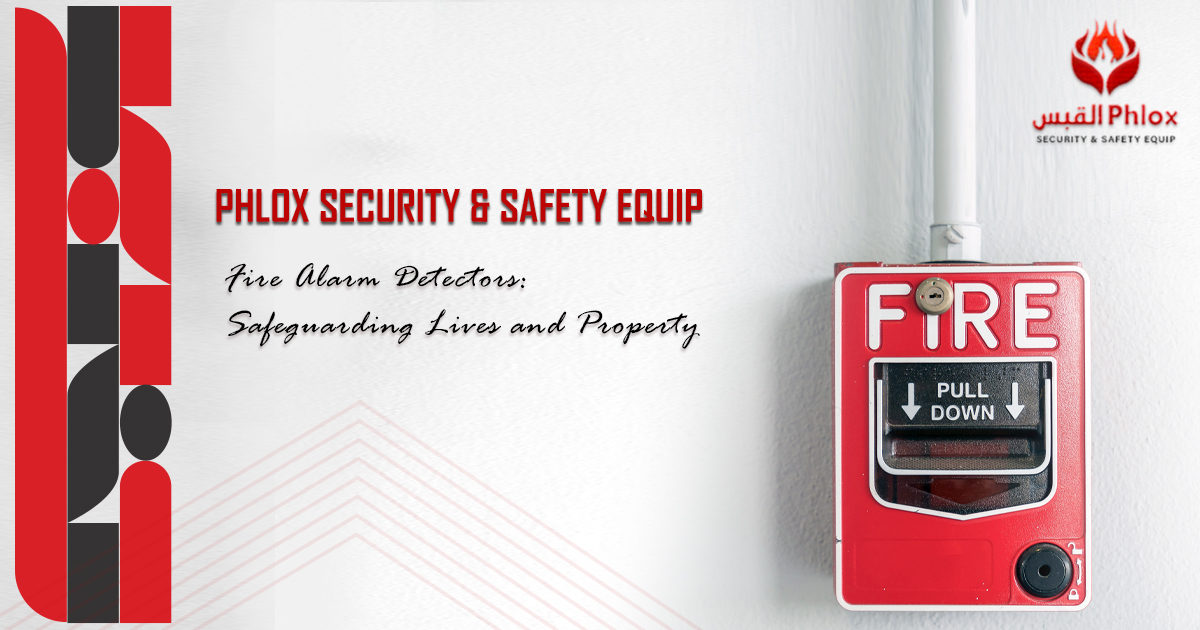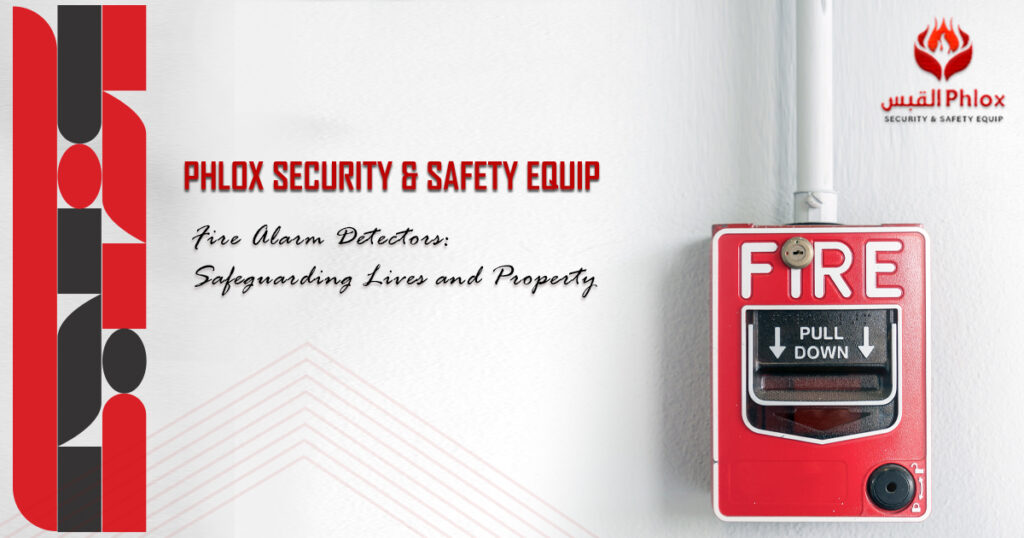

Fire Alarm Detectors: Safeguarding Lives and Property
In the realm of fire safety, early detection is paramount. Fire alarm detectors stand as vigilant sentinels, providing the crucial early warning needed to safeguard lives and property. In this blog post, we’ll explore the different types of such detectors, their functions, and why they are an indispensable part of any comprehensive fire safety plan.
Types of Fire Alarm Detectors:
1. Photoelectric Smoke Detectors:
Photoelectric detectors excel at sensing smoldering fires, which produce large smoke particles. They work by utilizing a beam of light to detect smoke particles.
2. Heat Detectors:
Heat detectors activate when a certain temperature threshold is reached. They are ideal for areas where smoke detectors might lead to false alarms, such as kitchens or garages.
3. Multi-Sensor Detectors:
These combine features of both ionization and photoelectric detectors for a comprehensive fire detection solution.
4. Carbon Monoxide Detectors:
While not strictly fire detectors, they are essential for detecting the presence of lethal carbon monoxide gas, often produced during fires.
How Fire Alarm Detectors Work:
When the detectors applied detect smoke, heat, or carbon monoxide, the detector triggers an alarm to alert occupants of a potential fire hazard.
In interconnected systems, all detectors communicate with each other, ensuring that if one detects a threat, all alarms are activated.
Placement and Installation:
Install smoke detectors on every level of the building, including basements and attics, as well as inside and outside sleeping areas.
Place heat detectors in areas where smoke detectors might be ineffective, such as kitchens or garages.
We should place the carbon monoxide detectors near sleeping areas and at least 15 feet away from fuel-burning appliances.
Lastly, we know that fire alarm detectors are silent heroes, tirelessly standing guard against the threat of fire. By understanding the different types, proper placement, installation, and regular maintenance, you’re taking essential steps toward creating a safer environment for all. Incorporating these detectors into your fire safety plan is an investment in the protection of lives and property.


